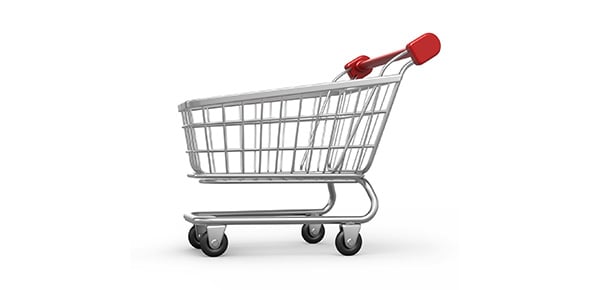Cebu Module 3 Order Entry Quiz
- ISO 10002
- ISO 9001
2.
You may optionally provide this to label your report, leaderboard, or certificate.
Submit
×
Thank you for your feedback!
















